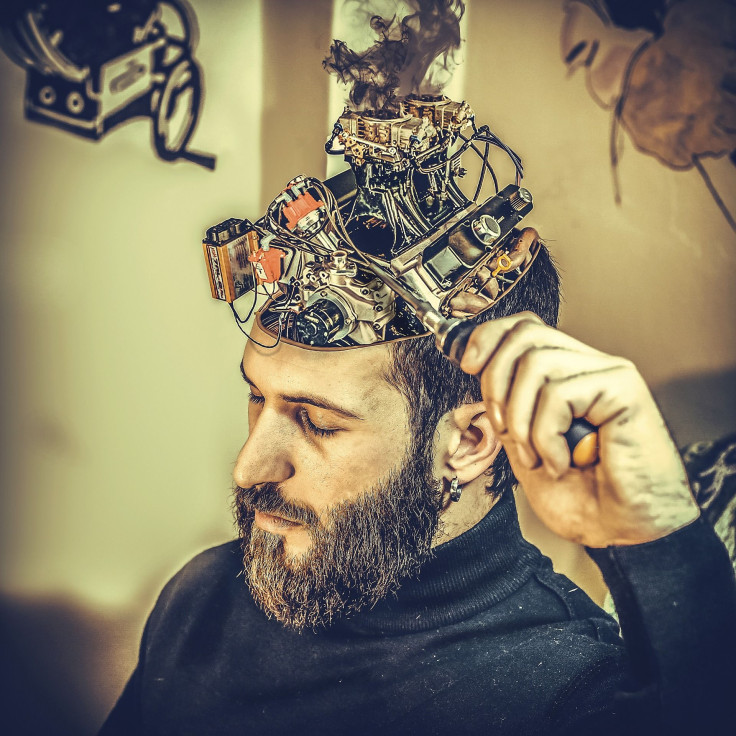Women Have More Active Brains Than Men, Imaging Study Shows

The brains of men and women really are different, with certain regions of the female brain being more active than male ones, according to new research.
According to a study in the Journal of Alzheimer’s Disease, researchers used a special kind of CT scan that, in addition to taking 3-D images of the brain’s anatomy, also gets a picture of biological activity, like blood flow, in a subject. The California-based team studied the brain scans of dozens of healthy people and more than 26,600 psychiatric patients to identify differences between males and females, finding that the sexes had varying brain function in both the healthy population and the patient population.
Read: Which Words Do Men vs. Women Find Funny?
The patients whose brains had been scanned had conditions as varied as schizophrenia, attention deficit hyperactivity disorder, bipolar disorder and brain trauma, journal publisher IOS Press reported.
The researchers investigated activity in 128 brain regions both while the subjects were not engaged and while they were working on a concentration task. Blood flow during the tests was an indicator of the subject’s brain activity, both in terms of how much activity there was and what parts of the brain were working.
“The brains of women in the study were significantly more active in many more areas of the brain than men, especially in the prefrontal cortex, involved with focus and impulse control, and the limbic or emotional areas of the brain, involved with mood and anxiety,” IOS Press said. The visual and coordination centers of the brain were more active in men.”

According to the study, understanding the differences between the male and female brains will help medical professionals better evaluate brain imaging results and understand the role sex plays in psychiatric disorders, in terms of how the brain is affected.
“This is a very important study to help understand gender-based brain differences,” lead study author and psychiatrist Dr. Daniel G. Amen said in the publisher’s statement. “The quantifiable differences we identified between men and women are important for understanding gender-based risk for brain disorders such as Alzheimer’s disease.”
Men and women experience brain disorders differently. For example, women are more likely to have anxiety, depression and Alzheimer’s disease than men. The Alzheimer’s Association estimates that almost two-thirds of people with this type of dementia are female.
Men, for their part, are more likely to have ADHD.
Read: Watch This 3D-Printed Artificial Heart Beat Like a Real Organ
Scientists have been trying to get to the bottom of these disparities. The increased blood flow in the mood and anxiety centers that this study observed could be linked to women’s increased likelihood of having mood disorders, and the heightened blood flow in the prefrontal cortex “may explain why women tend to exhibit greater strengths in the areas of empathy, intuition, collaboration, self-control, and appropriate concern.”
The study notes that previous research has indicated enhanced blood flow in different brain regions in women, but this team looked into that on a bigger scale.
“Precisely defining the physiological and structural basis of gender differences in brain function will illuminate Alzheimer’s disease and understanding our partners,” journal Editor-in-Chief Dr. George Perry said in the publisher statement.
© Copyright IBTimes 2024. All rights reserved.



















